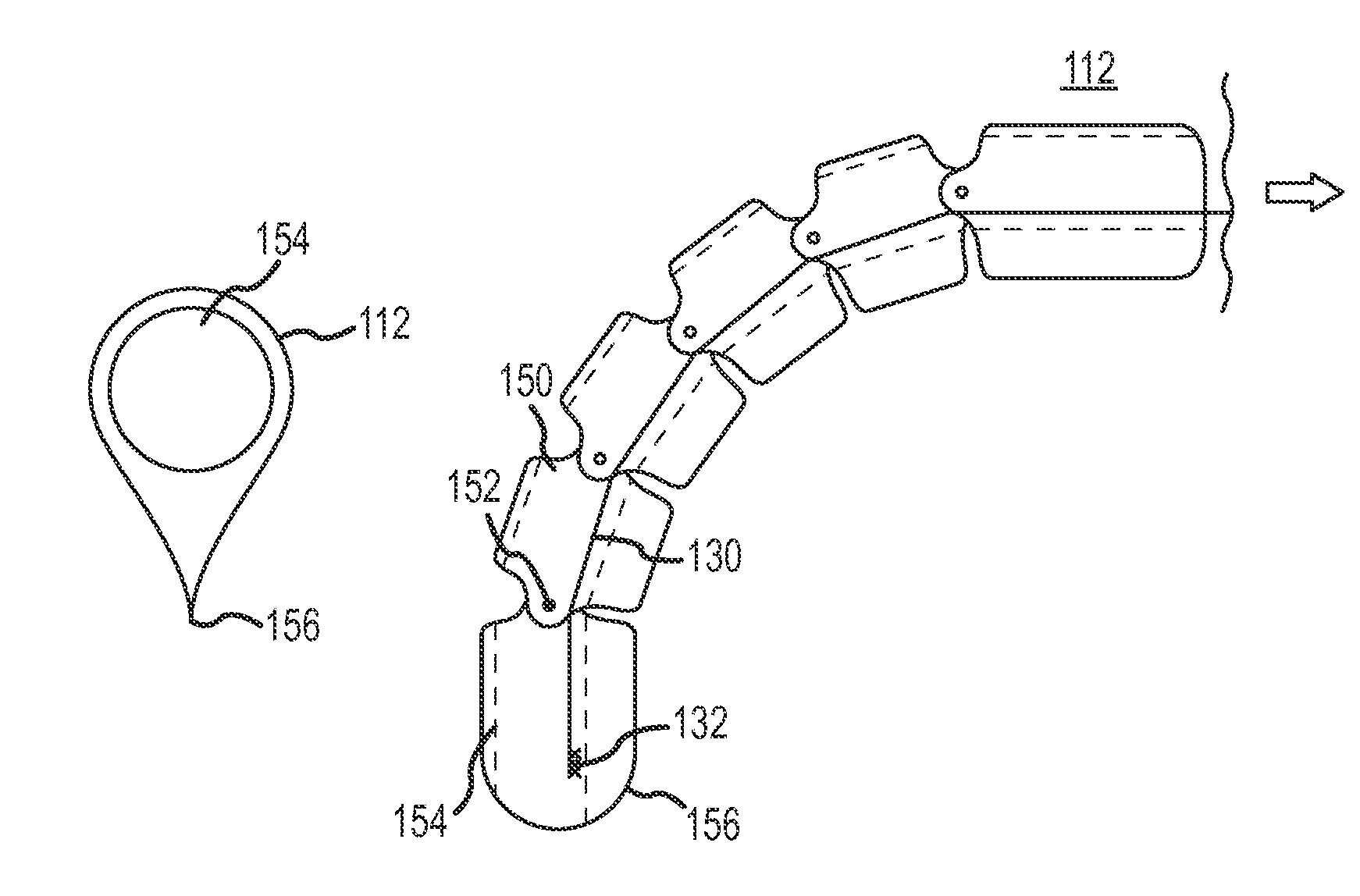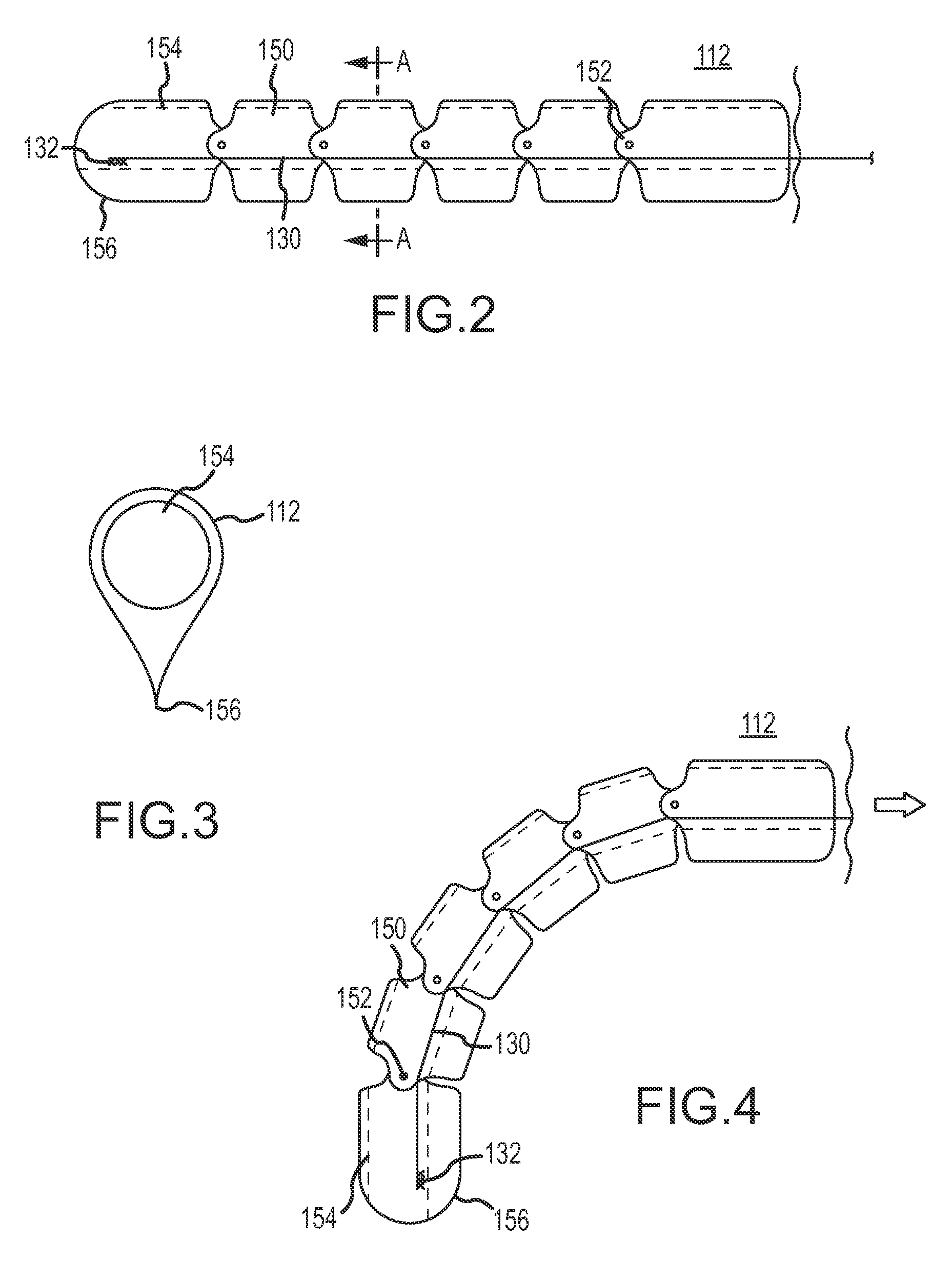Reentry catheter and method thereof
a technology of reentry catheter and tubular member, which is applied in the field of reentry catheter, can solve the problems of reducing the overall required size of the device, reducing the probability of limb amputation, and restricting normal blood flow, so as to improve the stability and control of the distal tip. stability and control, the effect of reducing the force required
- Summary
- Abstract
- Description
- Claims
- Application Information
AI Technical Summary
Benefits of technology
Problems solved by technology
Method used
Image
Examples
Embodiment Construction
[0029]The invention generally relates to a method and system for crossing an obstruction in a tubular member, e.g., crossing a chronic total occlusions in a blood vessel, and more particularly to a medical device method for crossing of an occlusion in a subintimal or interstitial space of an artery. Subintimal or interstitial region or space is at a location beneath at least a portion of intima and preferably at a location contained between the intima and the adventitia of the vessel. The terms tubular member, artery, vessel and bodily passable are used interchangeably throughout the specification.
[0030]An embodiment of the invention is directed towards a catheter for insertion into a subintimal space. The catheter includes a proximal end, a distal end, at least one lateral port, and at least one lumen. The at least one lumen extends longitudinally through the lateral port of the catheter. The catheter may also include an exchange port, e.g., RX port, arranged along an exterior port...
PUM
 Login to View More
Login to View More Abstract
Description
Claims
Application Information
 Login to View More
Login to View More - R&D
- Intellectual Property
- Life Sciences
- Materials
- Tech Scout
- Unparalleled Data Quality
- Higher Quality Content
- 60% Fewer Hallucinations
Browse by: Latest US Patents, China's latest patents, Technical Efficacy Thesaurus, Application Domain, Technology Topic, Popular Technical Reports.
© 2025 PatSnap. All rights reserved.Legal|Privacy policy|Modern Slavery Act Transparency Statement|Sitemap|About US| Contact US: help@patsnap.com



